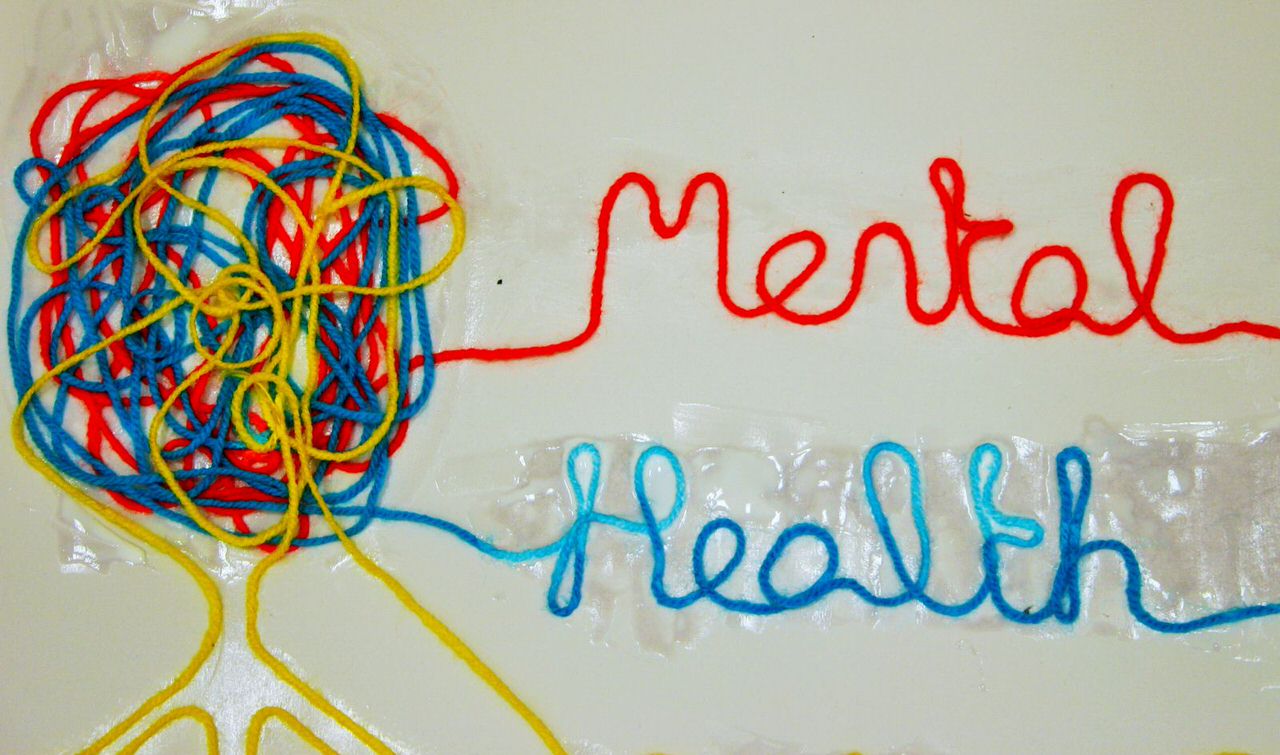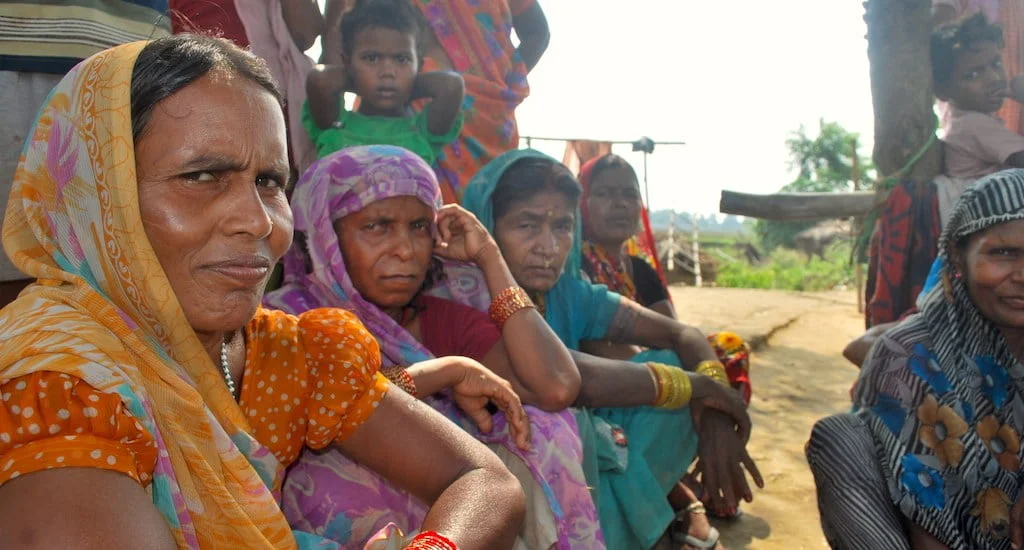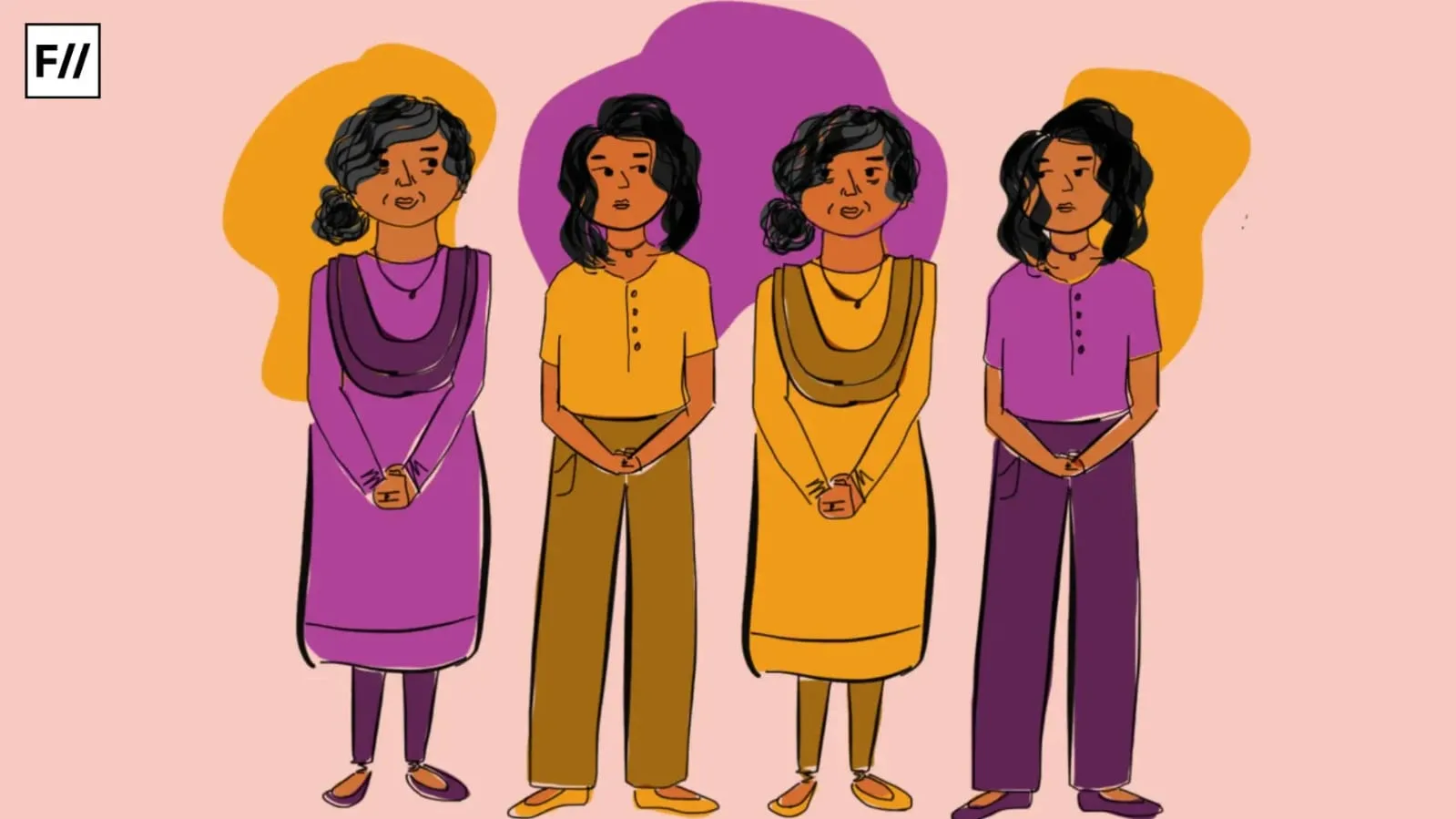In 2017 we published over 50 pieces on mental health and its intersection with sexuality, gender, family, social structures and more. The number of people who wrote for us grew (both in numbers and in differences of perspective) as did the number of people who read our work.
We wrote about relationships: emotionally abusive ones, toxic ones, abusive relationships with siblings. Our writers shared their experiences with therapy (this four part series on why therapy and do I need it offers an insightful perspective and we encourage all of you to read it, if not for yourself then for someone else in your life) and the stigma around medicines for mental health.
FII Writers shared what it is like to date with PTSD, the several mental health implications of being transgender and not being accepted by one’s family, of struggling with the suicidal impulse, of what it means to have postpartum depression.
One of the recurring themes we addressed this year is using the right language to talk about mental illnesses, developing a compassionate lens and understand the impact that words have, the weight they carry. We hosted a tweet chat, where our readers shared their experiences and opinions. We profiled the work done by iCall to generate a crowdsourced list of trustworthy mental health professionals.
It is also the year we started working on a report to assess the state of mental healthcare in India, using the lenses of gender justice and human rights. The Mental Health Bill, 2016 was of course a prompt for this report. Mental illnesses impact people’s ability to live healthy and functional lives and spill into their social, family and work lives as well. Mental illnesses often co-exist with other conditions such as injury and violence, cardiovascular disease and more – not recognizing the mental health aspect in such situations impacts people’s lives adversely.
There remains a significant amount of work to be done in the field of mental health – whether it is by the government in terms of policies (not just writing them but also implementing them) or distribution of resources. There are simply not enough medical professionals in India to cope with the need for mental healthcare. Treatment gap estimates vary drastically and are thought to be between 28% to 86% depending on the disorder.
There is a lot more we would like to do in 2018 to make our Mental Health section robust and more inclusive, including publishing and amplifying voices and content related to Mental Health that we do not find easily – our focus has been largely urban but as we go into the next year, we will continue searching for and profiling the work being done in smaller cities and towns.
FII’s work is predominantly in English and this is another area where we can do a better job of representing people who speak different languages. In conclusion, our scope grew tremendously in 2017 but as always, there is immense work to be done to shine a light on the intersectionality of mental health. Hopefully the articles linked in this piece have given you something to think about.
About the author(s)
Feminist and Indian. Interests include gender, education, mental health and wellness. India/US.




